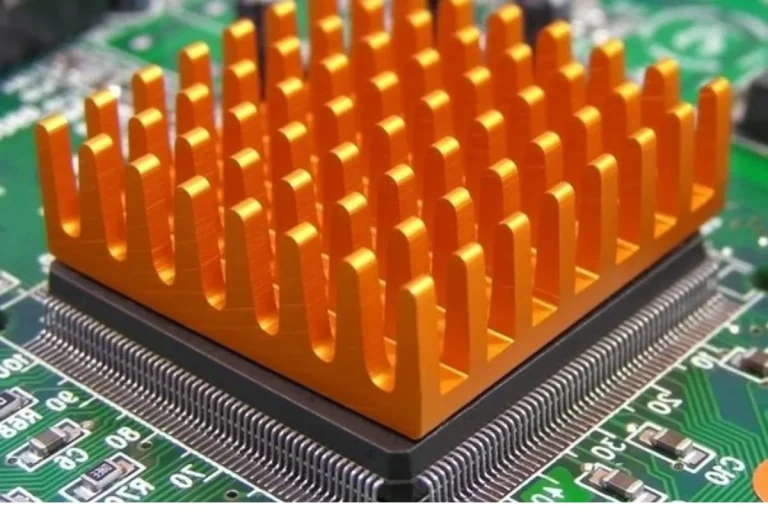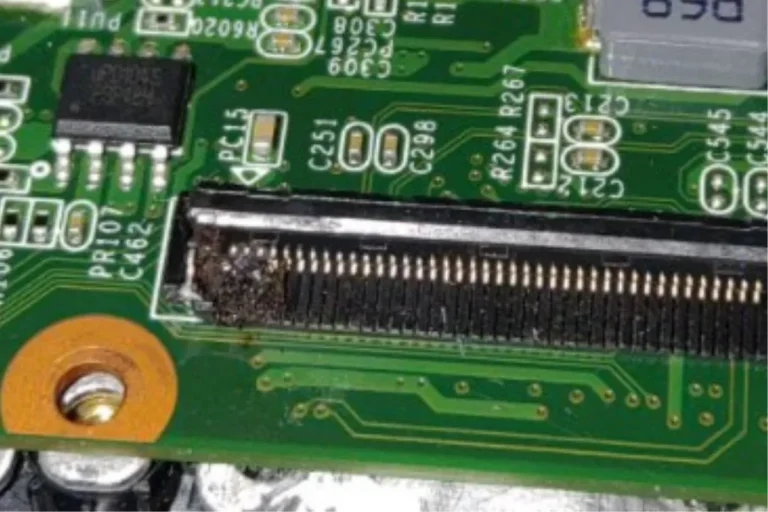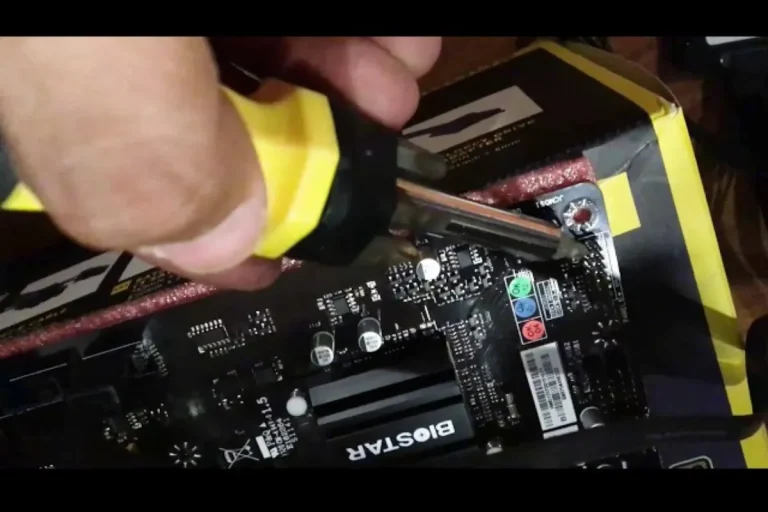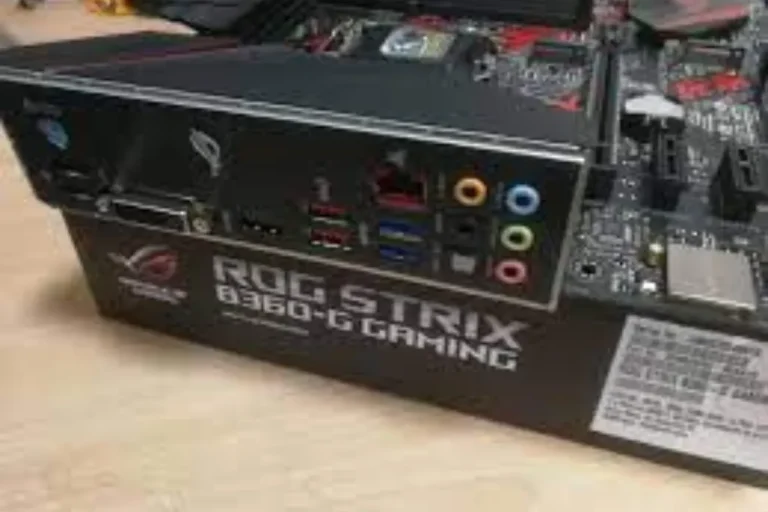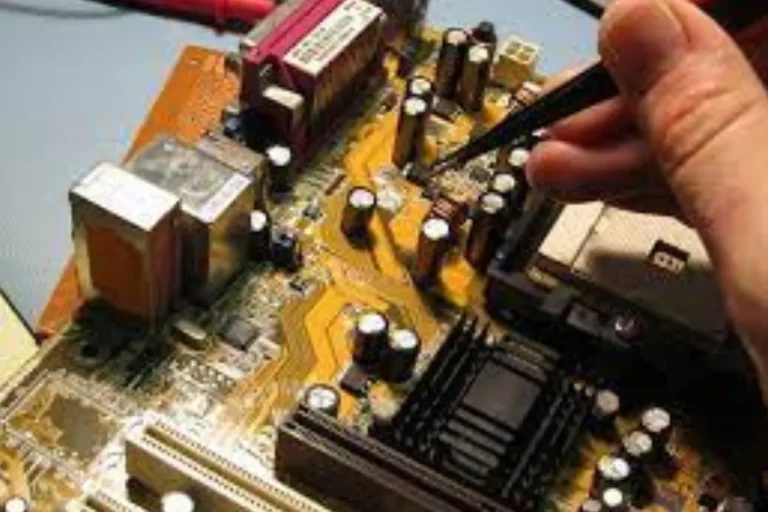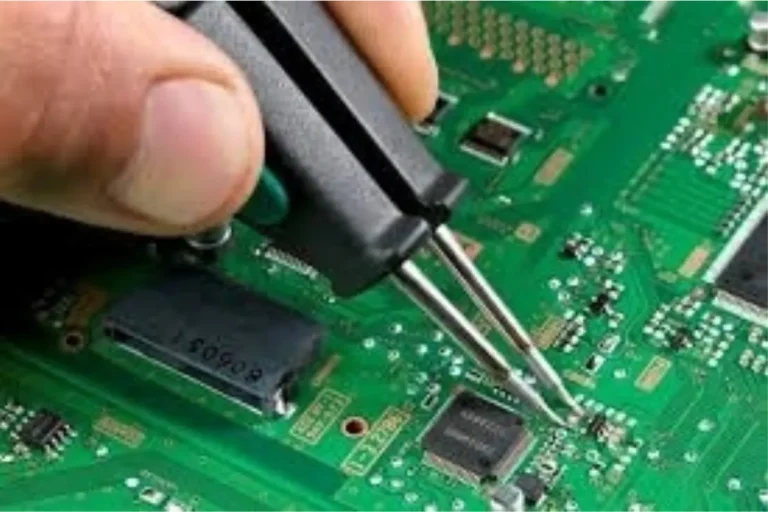How do I fix an SSD not detected in BIOS?
Is your SSD not showing up in your computer’s BIOS? Don’t panic! We’ve got you covered. In this guide, we’ll walk you through the simple steps to fix this frustrating issue. Whether it’s a loose cable or a BIOS setting gone awry, we’ll help you troubleshoot and get your SSD up and running smoothly again.
Check Hardware Connections
When your SSD is not being detected in the BIOS, one of the first things you should do is check the hardware connections. This step is crucial because loose or faulty cables can prevent your SSD from being recognized by the system.
Importance of checking cables and connections
Ensuring that all cables and connections are secure is essential for proper SSD functionality. Sometimes, during installation or when moving the computer, cables can become loose or disconnected, leading to detection problems. By checking the hardware connections, you can rule out any physical issues that might be causing the SSD to go undetected.
Step-by-step guide to ensure the SSD is properly connected
- Start by shutting down your computer completely.
- Open the computer case or access the SSD slot, depending on your system’s design.
- Locate the SATA cable, which connects the SSD to the motherboard.
- Gently remove and reinsert the SATA cable on both ends, ensuring it is securely connected to both the SSD and the motherboard.
- Additionally, check the power cable connected to the SSD. Make sure it is firmly plugged in.
- Once you have reconnected the cables, carefully close the computer case or reassemble the components.
- Power on your computer and enter the BIOS to check if the SSD is now detected.
Check BIOS Settings
When your SSD is not detected in the BIOS, it’s time to dive into the settings and make sure everything is configured correctly. The BIOS (Basic Input/Output System) is the firmware that initializes your hardware during startup, and certain settings can affect the detection of your SSD.
Explanation of relevant BIOS settings
Understanding the BIOS settings that can impact SSD detection is crucial. There are a few key settings to pay attention to:
- SATA mode: This setting determines how the SATA controller communicates with your SSD. It should be set to AHCI (Advanced Host Controller Interface) for optimal performance and compatibility with modern SSDs.
- Boot order: The boot order defines the sequence in which the system looks for bootable devices. Ensure that your SSD is listed in the boot order to prioritize its detection during startup.
- AHCI/RAID configurations: If you have multiple drives in a RAID configuration or are using RAID features, ensure that the BIOS is correctly configured to recognize the SSD within the RAID setup.
Guide on accessing the BIOS and checking
To access the BIOS, follow these steps:
- Start or restart your computer.
- Look for the key prompt displayed during the boot process to enter the BIOS. Common keys include Del, F2, F10, or Esc.
- Once in the BIOS, navigate through the menus using the arrow keys, and look for the relevant settings mentioned above.
- If necessary, modify the settings to ensure they are correctly configured for SSD detection.
- Save your changes and exit the BIOS. The computer will restart.
Update BIOS and SSD Firmware
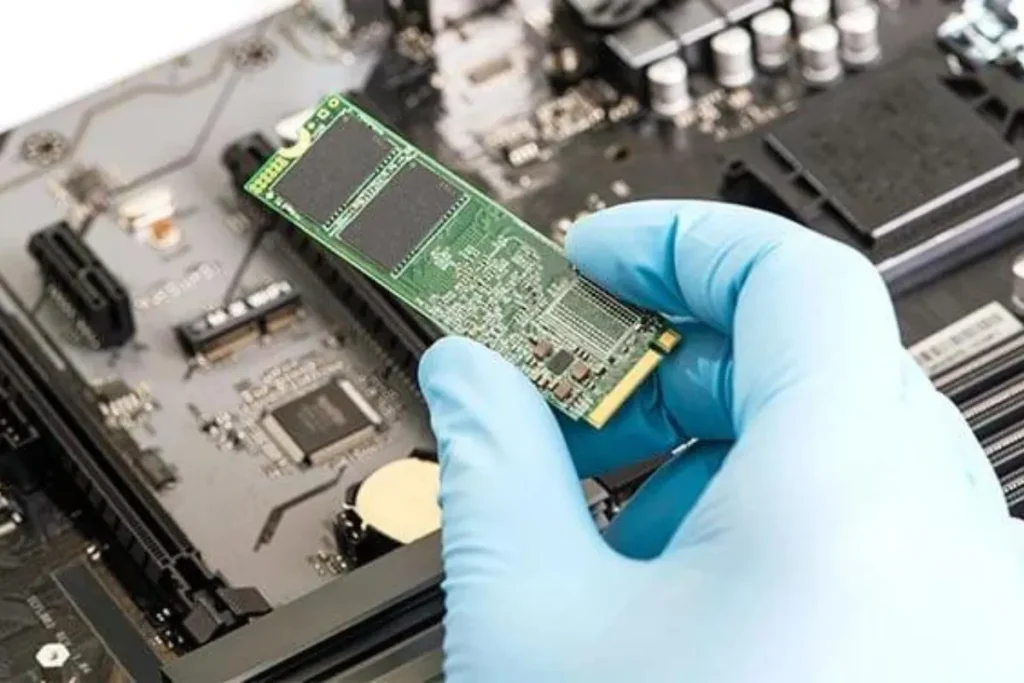
Updating the BIOS and SSD firmware is another important step in troubleshooting SSD detection issues. Outdated firmware can sometimes lead to compatibility issues or bugs that prevent your SSD from being recognized. Let’s dive into the details.
Explanation of how outdated BIOS or SSD firmware
An outdated BIOS or SSD firmware may not have the necessary updates and optimizations to work seamlessly with newer hardware. This can result in compatibility issues and cause your SSD to go undetected. By updating the BIOS and SSD firmware, you ensure that your system has the latest enhancements and bug fixes, increasing the chances of successful detection.
Step-by-step instructions on updating
To update the BIOS and SSD firmware, follow these steps:
- Identify your computer’s manufacturer and model number. This information can usually be found on a sticker or in the system documentation.
- Visit the manufacturer’s website and locate the support or downloads section.
- Look for the latest BIOS update specific to your computer model. Download the update and save it to a USB flash drive.
- Restart your computer and enter the BIOS by pressing the designated key during boot-up.
- Navigate to the BIOS update section and select the option to update from a USB drive.
- Follow the on-screen instructions to select the BIOS update file from the USB drive and initiate the update process. Be patient and avoid interrupting the update.
- Once the BIOS update is complete, restart your computer and enter the BIOS again to ensure that the update was successful.
- Similarly, check the manufacturer’s website for any available firmware updates for your SSD. Download the firmware update tool and follow the provided instructions to update your SSD firmware.
Frequently asked questions
1. When should I consider seeking professional help for SSD detection issues?
If you have tried all the recommended troubleshooting steps and are still unable to detect your SSD, it’s a good idea to seek professional assistance. This ensures that the issue is thoroughly diagnosed and resolved by experts.
2. Who should I contact for professional assistance with SSD issues?
You have a few options for seeking professional help. One option is to contact the support team of your SSD manufacturer. They can provide specific guidance and solutions tailored to their SSD.
3. How can the SSD manufacturer’s support team help me?
The SSD manufacturer’s support team is well-versed in their product and can provide guidance on troubleshooting steps specific to their SSD. They may also assist you in diagnosing any potential hardware or compatibility issues.
4. What can a computer technician do to help with SSD detection issues?
A computer technician can perform a thorough diagnosis of your system, including checking the hardware components, verifying compatibility, and identifying any potential conflicts. They have the expertise to troubleshoot and resolve complex issues related to SSD detection.
5. What information should I provide when seeking professional help?
When contacting the SSD manufacturer’s support team or a computer technician, it’s essential to provide detailed information about your system.
Conclusion
if you encounter the frustrating issue of an SSD not being detected in BIOS, don’t panic. Follow the troubleshooting steps outlined in this guide, including checking physical connections, updating drivers, and utilizing system utilities.
If all else fails, seek professional help from the SSD manufacturer’s support or a computer technician. Remember, with the right approach, you can get your SSD up and running smoothly again
